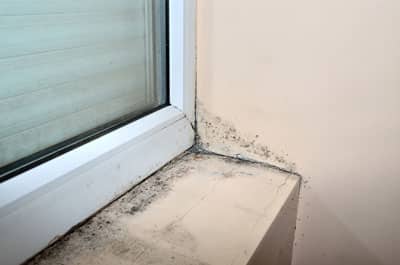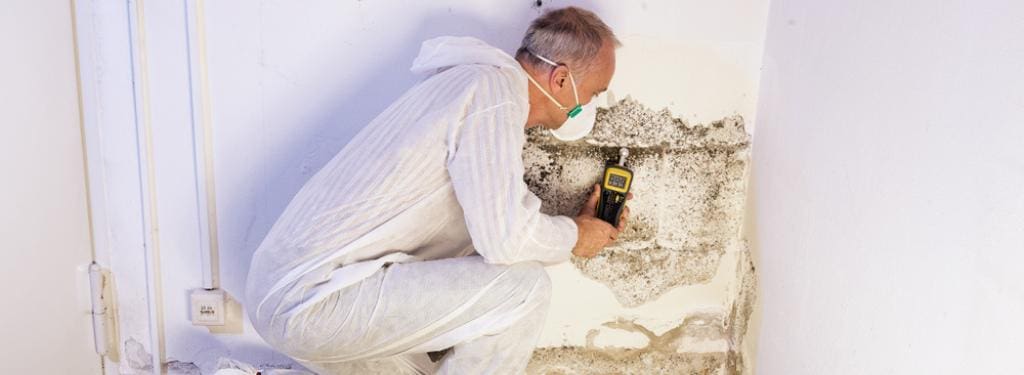Comprehensive Post Mold Remediation Procedures
Your Ultimate Overview to Article Mold And Mildew Removal Methods
Navigating the realm of post-mold removal strategies is a careful procedure that requires interest to detail and a comprehensive understanding of the intricacies involved. In the results of mold and mildew invasion, knowing how to effectively get rid of the mold and mildew and prevent its reoccurrence is paramount for maintaining a healthy and balanced interior environment. From selecting the best cleansing and decontaminating techniques to executing techniques for lasting mold avoidance, each action in the removal journey plays a crucial function in guaranteeing a successful end result. As we start this exploration of post-mold removal techniques, we will certainly uncover the vital methods and best practices that can assist you recover your area to its pre-mold problem and guard it against future mold and mildew threats.
Recognizing Post-Mold Removal Process
After finishing the mold and mildew removal process, it is vital to understand the post-mold remediation methods that are needed to make sure a efficient and thorough cleanup. Once the mold and mildew has actually been gotten rid of, the following action includes cleaning and sanitizing the influenced areas to stop any type of regrowth of mold. This consists of using specialized cleaning up agents to clean down surface areas and kill any continuing to be mold and mildew spores. It is vital to dry the location completely to prevent the development of mold in the future (testing air quality after mold remediation). Correct air flow and dehumidification can help in this process.
Additionally, carrying out a final assessment post-remediation is crucial to ensure that all mold has actually been efficiently removed. If the evaluation reveals any sticking around mold and mildew, added removal may be required.
Reliable Cleaning and Sanitizing Methods

Preventing Future Mold Development

Value of Proper Ventilation
Correct air flow plays an essential function in avoiding dampness accumulation, a key consider mold growth within indoor atmospheres. Efficient air flow systems assist eliminate excess humidity from the air, decreasing the opportunities of mold spores discovering the dampness they require to spread and sprout. Without appropriate ventilation, indoor spaces can become a reproduction ground for mold, resulting in possible health threats and structural damages.
By ensuring correct air circulation, ventilation systems can also aid in drying out wet areas faster after water damage or flooding cases, even more hindering mold growth. Post Mold remediation cleaning. In spaces like shower view website rooms, cellars, attics, and cooking areas where moisture levels have a tendency to be higher, setting up and preserving reliable air flow systems is essential in protecting against mold infestations

Tracking and Maintenance Tips
Given the critical function that proper ventilation plays in preventing mold and mildew growth, it is crucial to establish effective monitoring and upkeep suggestions to ensure the continued functionality of ventilation systems. Regular evaluations of ventilation systems ought to be carried out to look for any signs of blockages, leakages, or breakdowns that could hinder appropriate air flow. Surveillance moisture degrees within the property is likewise critical, as high humidity can add to mold growth. Setting up a hygrometer can aid track moisture levels and sharp house owners to any type of spikes that may need focus. Additionally, making certain that air filters are on a regular basis cleaned up or changed is necessary for preserving the performance of the ventilation system. Carrying out a timetable for regular upkeep jobs, such as duct cleaning and a/c system examinations, can aid prevent concerns prior to they escalate. By staying positive and mindful to the condition of ventilation systems, remove mold bathroom wall residential property owners can successfully alleviate the danger of mold regrowth and maintain a healthy and balanced interior atmosphere.
Conclusion
Finally, post-mold remediation techniques are necessary for making sure a tidy and secure environment. Recognizing the procedure, applying reliable cleansing and sanitizing techniques, avoiding future mold development, keeping proper ventilation, and regular surveillance are all critical steps in the remediation process. By complying with these standards, you can effectively eliminate mold and mildew and stop its return, promoting a healthy living or functioning room for all passengers.
In the consequences of mold and mildew invasion, understanding how to effectively get rid of the mold and mildew and prevent its reoccurrence is extremely important for maintaining a healthy and balanced indoor environment. When the mold has been eliminated, the next step entails cleaning and decontaminating the affected locations to avoid any type of regrowth of mold and mildew - Post Mold Remediation. After removing noticeable mold development, it is essential to cleanse all surfaces in the damaged area to remove any staying mold and mildew spores. To further enhance mold and mildew avoidance actions, it is vital to address underlying problems that originally led to mold and mildew growth.Given the important function that correct ventilation plays in protecting against mold and mildew growth, it is important to establish efficient monitoring and maintenance suggestions to make certain the ongoing capability of air flow systems